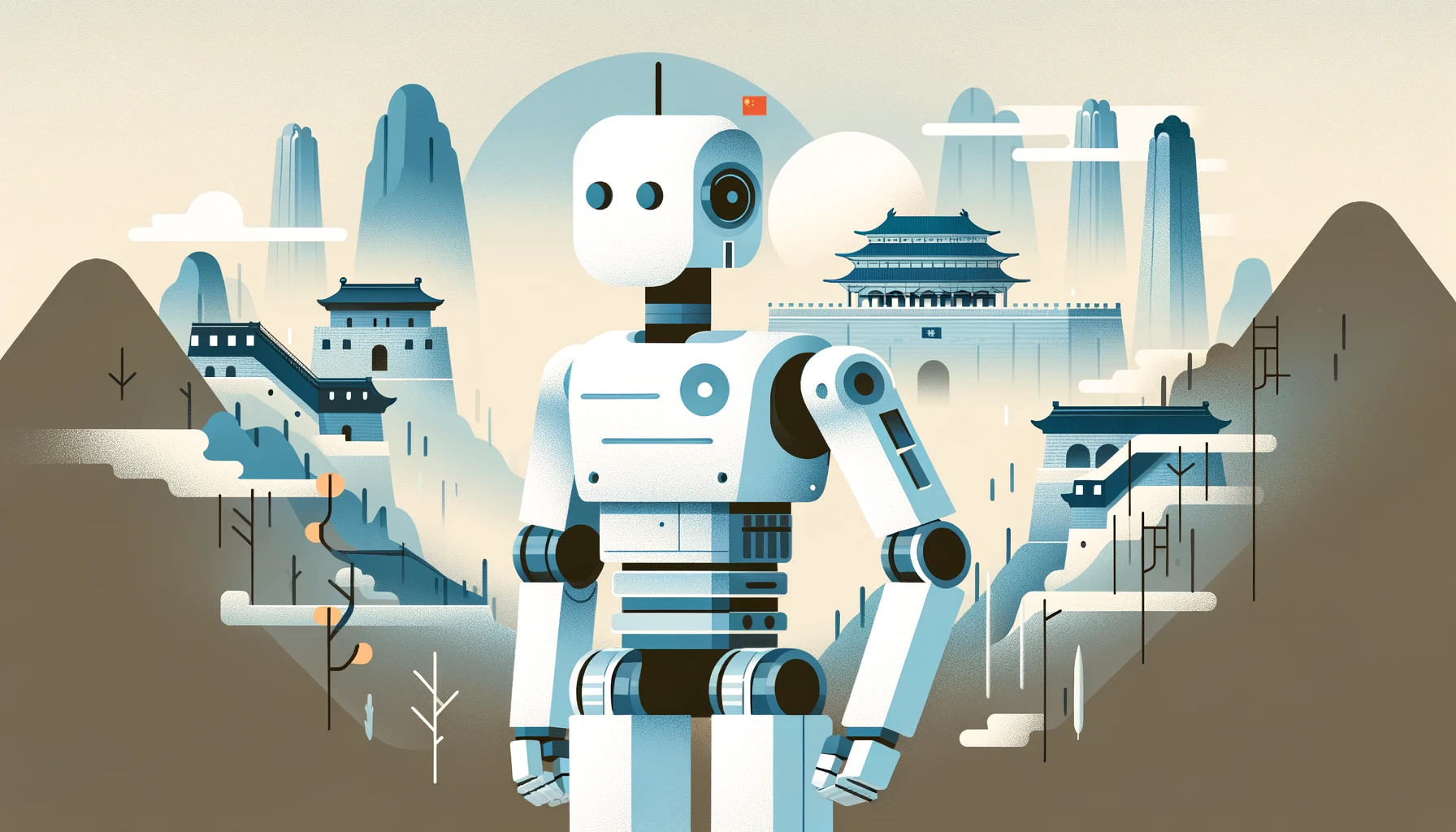
At the recent China Humanoid Robot Developer Conference, a fascinating display captured the attention and sometimes the unease of attendees. A disembodied woman’s head, demonstrating advanced facial mimicking technology, reflected the expressions of a user interacting with it via a laptop. This exhibit, along with many others, highlighted the rapid advancements and growing interest in humanoid robotics within China.
The head’s lifelike animations ventured into what is known as the “uncanny valley,” a term used to describe humanoid objects that eerily resemble humans, yet are not quite lifelike, causing discomfort among some viewers. Despite the unsettling effect, the technology showcased at the conference signifies a significant leap toward integrating these systems into everyday life, attracting not only the curious public but also investors and government attention.
Throughout the conference, around 30 companies unveiled their latest developments. The exhibits ranged from bionic hands to bipedal robots that could maintain balance even when disturbed by demonstrators. These innovations underscored a shift from conceptual designs to tangible, interactive technologies.
One of the standout presentations was by Fourier Intelligence, a company that recently initiated the mass production of its GR-1 bipedal robot—a global first. This development was significant enough to draw Chinese President Xi Jinping, who visited Fourier’s leaders during an inspection tour in Shanghai last December. President Xi’s engagement is a testament to the priority that the Chinese central government places on emerging technologies like robotics.
Key Developments and Future Prospects
- Mass Production Achievements: Fourier Intelligence’s GR-1 robot.
- Government Interest: High-level engagements, including a visit from President Xi Jinping.
- Industry Outlook: Strong growth anticipated within two to three years.
Fourier’s founder revealed to the South China Morning Post that President Xi inquired whether the robot could perform basic interactions and tasks, highlighting the practical applications being considered for these technologies.
The enthusiasm at the conference wasn’t just from tech enthusiasts and developers. Investors expressed optimism about the market’s direction, noting that these robots could soon be commonplace. One investor emphasized the potential applications in elderly care, a sector that may see increasing demand due to China’s aging population. The investor predicted that robots capable of basic caregiving tasks could become integral to managing the looming care deficit.
Humanizing Technology for Household Integration
At the booth featuring the disembodied head, the team from Shanghai DROID ROBOT expressed their long-term vision of making impersonal robots like the GR-1 appear more human. They believe that enhancing the humanoid aspects of robots can facilitate their acceptance into household service industries.
Another innovative approach to humanization was presented by GravityXR. Their robots are equipped with visors that project video-generated eyes. Ennio Zhang, the marketing and sales director, explained that this technology allows for a unique human-robot interaction. Parents can upload their digital likenesses into the robot, enabling it to engage in more personalized and friendly interactions with children.
Technology and Humanization Efforts:
- Impersonation Technologies: Enhancing robot relatability through facial mimicry.
- Digital Doppelgangers: GravityXR’s innovative use of projected video eyes for personalized interaction.
The overall mood at the conference was decidedly optimistic. Attendees and exhibitors alike are confident that China’s advancements in humanoid robotics position it as a leader in the field, capable of competing globally. Despite some robots still appearing “clumsy” or overtly mechanical, ongoing data collection and refinement are expected to progressively humanize their appearance and functionality.
A visitor surnamed Wang, aged 27, shared a forward-looking perspective, “China’s humanoid robots have reached a cutting-edge position globally. Although many still retain a mechanical aura, the future holds great potential for these creations to become indistinguishably humanoid as we refine their design and functionalities.”
This conference not only showcased the current capabilities of humanoid robots but also set the stage for future developments that could revolutionize how we interact with machines, making them an integral part of our social and care-giving fabric.
Related News:
Featured Image courtesy of DALL-E by ChatGPT
